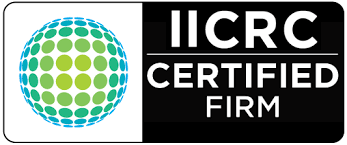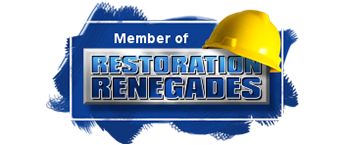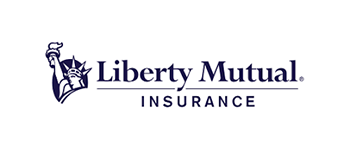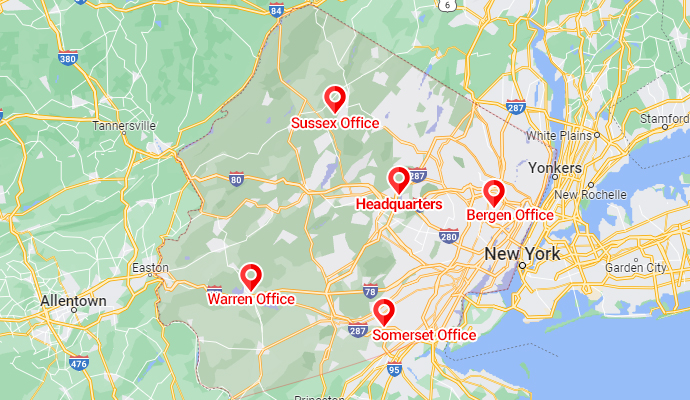Master Water Damage Documentation with Our Best Practices Guide
Water damage can wreak havoc on your home, leading to costly repairs and prolonged inconvenience. Whether it’s a minor leak from a toilet, a damp bathroom due to a faulty sink, or a severe flood caused by heavy rainfall, proper documentation is crucial for effective restoration and insurance claims. Mastering water damage documentation ensures that you capture all necessary details to facilitate a smooth recovery process. Here’s our best practices guide to help you navigate this challenging situation.
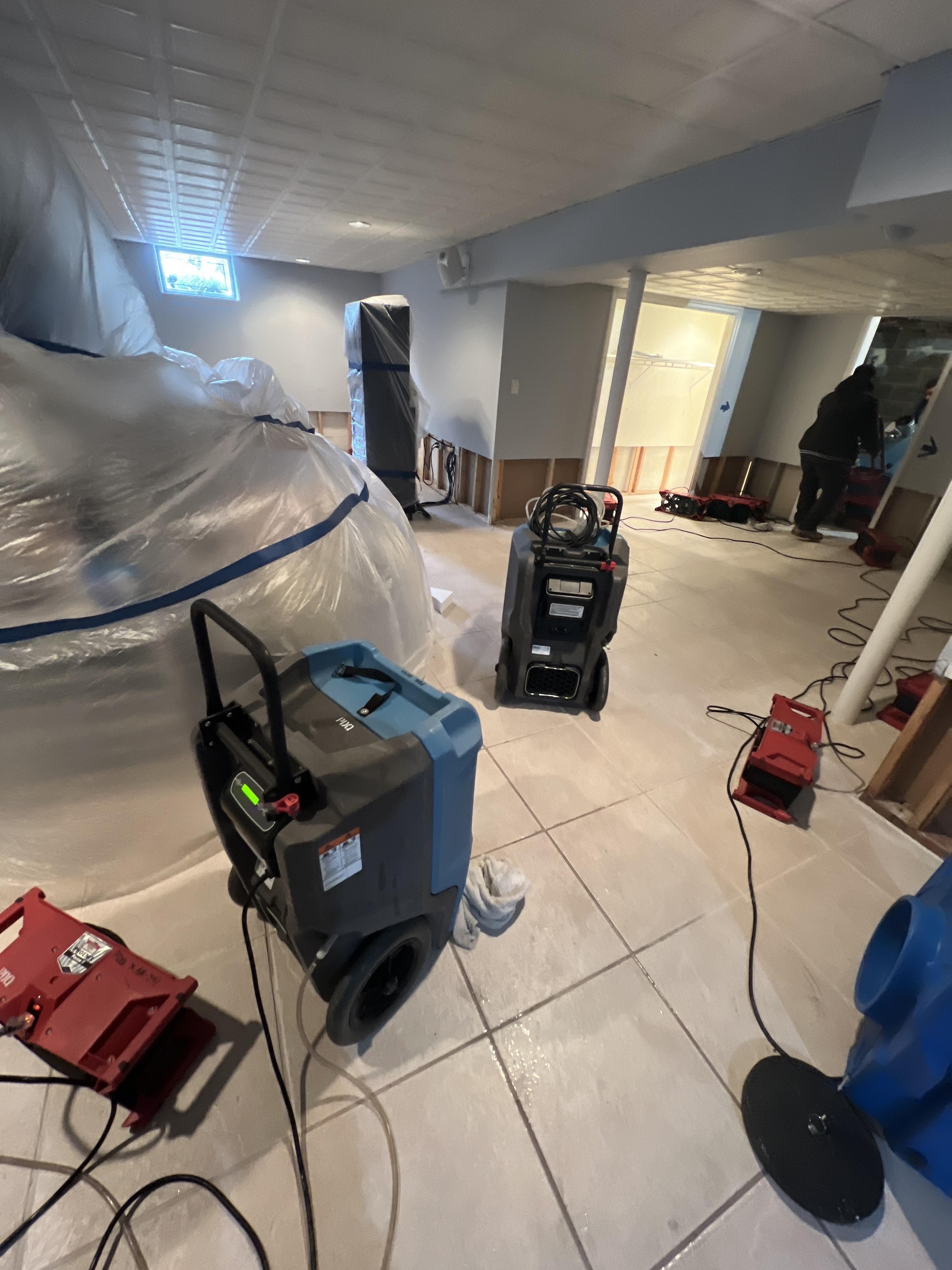
1. Act Quickly and Safely
When water damage occurs, your first priority should be safety. Ensure that the affected area is safe to enter by checking for electrical hazards and structural damage. Once it’s safe, begin documenting the damage promptly. Quick action not only helps in minimizing the extent of the damage but also ensures that your documentation is accurate and comprehensive.
2. Take Detailed Photographs and Videos
Visual evidence is vital in documenting water damage. Take clear, high-resolution photographs and videos of all affected areas. Focus on areas around the toilet, bathroom, and sink where moisture and water accumulation are common. Capture different angles and close-ups of wet surfaces, damp walls, and any visible signs of mold or mildew. Ensure that your photos include wide shots to provide context and detailed shots to highlight specific issues.
3. Create an Inventory of Damaged Items
List all items that have been damaged by water. Include furniture, electronics, clothing, and personal belongings. Note the extent of the damage for each item, whether they are wet, damp, or completely destroyed. This inventory will be essential for insurance claims and restoration services. Ensure that you clean and sanitize any items that can be saved to prevent further damage and health risks.
4. Document the Source of Water Intrusion
Identifying and documenting the source of water intrusion is crucial for effective remediation. Whether it’s a leaking toilet, a broken sink, or external flooding, clearly note how the water entered your home. If possible, include photographs of the source and any visible damage it has caused. This information will help restoration professionals address the root cause and prevent future occurrences.
5. Record All Expenses and Communications
Keep a detailed record of all expenses related to the water damage and restoration process. This includes costs for temporary accommodations, repairs, cleaning supplies, and any professional services you hire. Additionally, document all communications with insurance companies, restoration services, and contractors. Having a comprehensive record will streamline the insurance claim process and ensure that you are reimbursed accurately for all incurred costs.
6. Use a Moisture Meter for Hidden Damage
Not all water damage is visible. Use a moisture meter to detect hidden moisture in walls, floors, and other structural elements. High moisture levels can lead to mold growth and further structural damage if not addressed promptly. Document the readings from the moisture meter and include this information in your damage report. This proactive approach ensures that all areas of damage are identified and remediated effectively.
7. Keep Everything Organized
Organize all your documentation in a systematic manner. Use folders or digital storage solutions to keep photographs, videos, inventories, receipts, and communication records easily accessible. An organized documentation system will make it easier to present your case to insurance adjusters and restoration professionals, ensuring that nothing is overlooked during the recovery process.
Conclusion
Mastering water damage documentation is essential for any homeowner facing the aftermath of water intrusion. By acting quickly, taking detailed photographs, creating an inventory of damaged items, identifying the source of water, recording expenses and communications, using moisture meters, and keeping everything organized, you can ensure a thorough and effective restoration process. Proper documentation not only facilitates a smoother insurance claim but also helps restore your home to a clean and sanitized state efficiently. Stay prepared and protect your home by following these best practices for water damage documentation.




